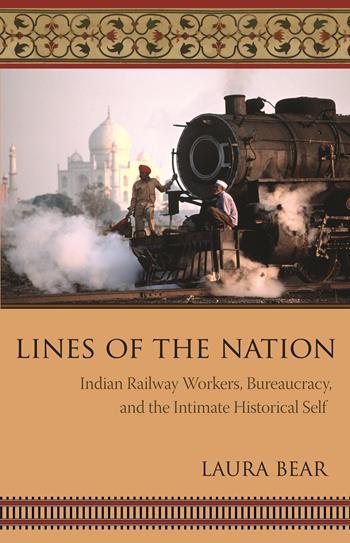The Correspondence Between Interracial Births and Multiple-Race ReportingPosted in Articles, Census/Demographics, Health/Medicine/Genetics, Media Archive, United States on 2013-10-12 23:33Z by Steven |
The Correspondence Between Interracial Births and Multiple-Race Reporting
American Journal of Public Health
Volume 92, Number 12 (December 2002)
pages 1976–1981
Jennifer D. Parker, PhD
Office of Analysis, Epidemiology, and Health Promotion
National Center for Health Statistics, Hyattsville, Maryland
Jennifer H. Madans, PhD, OD Co-Deputy Director / OD Associate Director for Science / OPBL Associate Director
Office of Surveillance, Epidemiology, and Laboratory Services
Centers for Disease Control
- Objectives. Race-specific health statistics are routinely reported in scientific publications; most describe health disparities across groups. Census 2000 showed that 2.4% of the US population identifies with more than 1 race group. We examined the hypothesis that multiple-race reporting is associated with interracial births by comparing parental race reported on birth certificates with reported race in a national health survey.
- Methods. US natality data from 1968 through 1998 and National Health Interview Survey data from 1990 through 1998 were compared, by year of birth.
- Results. Overall multiple-race survey responses correspond to expectations from interracial births. However, there are discrepancies for specific multiple-race combinations.
- Conclusions. Projected estimates of the multiple-race population can be only partially informed by vital records. (Am J Public Health. 2002;92:1976–1981)
Eliminating racial disparities is an important national health objective; as a result, many policy and summary reports report race-specific health statistics to monitor trends and identify problem areas. Scientific research papers analyze race-specific data in hopes of understanding the disparities and, ultimately, finding ways to reduce them.
In 1997, the Office of Management and Budget (OMB) issued a revision to the long-standing directive for the collection of race and ethnicity data within the federal statistical system, known as OMB-15. Among other modifications designed to reflect the changing racial and ethnic profile in the United States, the 1997 standard requires that new data collections allow individuals to report 1 or more race groups when responding to a query on their racial identity. Analysts examining previously available data hypothesized that up to 2% of respondents to surveys or administrative collections would report 2 or more groups under the new standard. About 2.4% of the US population, nearly 7 million people, reported 2 or more race groups in the 2000 decennial census.
The impact of multiple-race reporting on statistics used for health policy and research is not yet known. It is likely that multiple-race respondents differ from each other and from their single-race counterparts on many measures of health and access to care. The extent of these differences will depend on many factors. All considered, multiple-race reporting will influence public health policy for both the newly tabulated multiple-race groups and the remaining single-race groups, which will be changed as a result of a wider choice of racial identification. Interracial births have increased over the past 3 decades. In the early 1970s, 1.4% of infants were born to parents who reported different race groups; by 1998, this percentage had increased to 4.3%. It would be reasonable to assume that individuals with parents of different races would identify with and report more than 1 group when responding to surveys and other data collections. However, how interracial births affect multiple-race reporting is unclear.
This report compares year- and race-specific national estimates of interracial births with year-specific survey estimates of multiple-race reporting. We compared the distribution of parental race for births from 1968 through 1998 with the reporting of more than 1 race for survey respondents in the 1990–1998 National Health Interview Survey (NHIS) who were born from 1968 through 1998. If all individuals with interracial parents reported both race groups on the survey, we would expect the distribution of multiple-race responses on the NHIS to coincide with the distribution of interracial births from birth records for the appropriate age–year combination. For example, the race distribution for births in 1970 would correspond to the race reported among the respondents who were aged 20 years in the 1990 NHIS, who were 21 in the 1991 NHIS, and so on. We would also expect that the inclusion of individuals with 1 or both parents who themselves identify with more than 1 race group may increase the percentages of multiple-race responses in the NHIS even more. Although neither the NHIS nor the birth certificate were developed to provide national race distributions, both data sources are routinely used to provide national estimates of races-specific health outcomes…
Read the entire article here.
